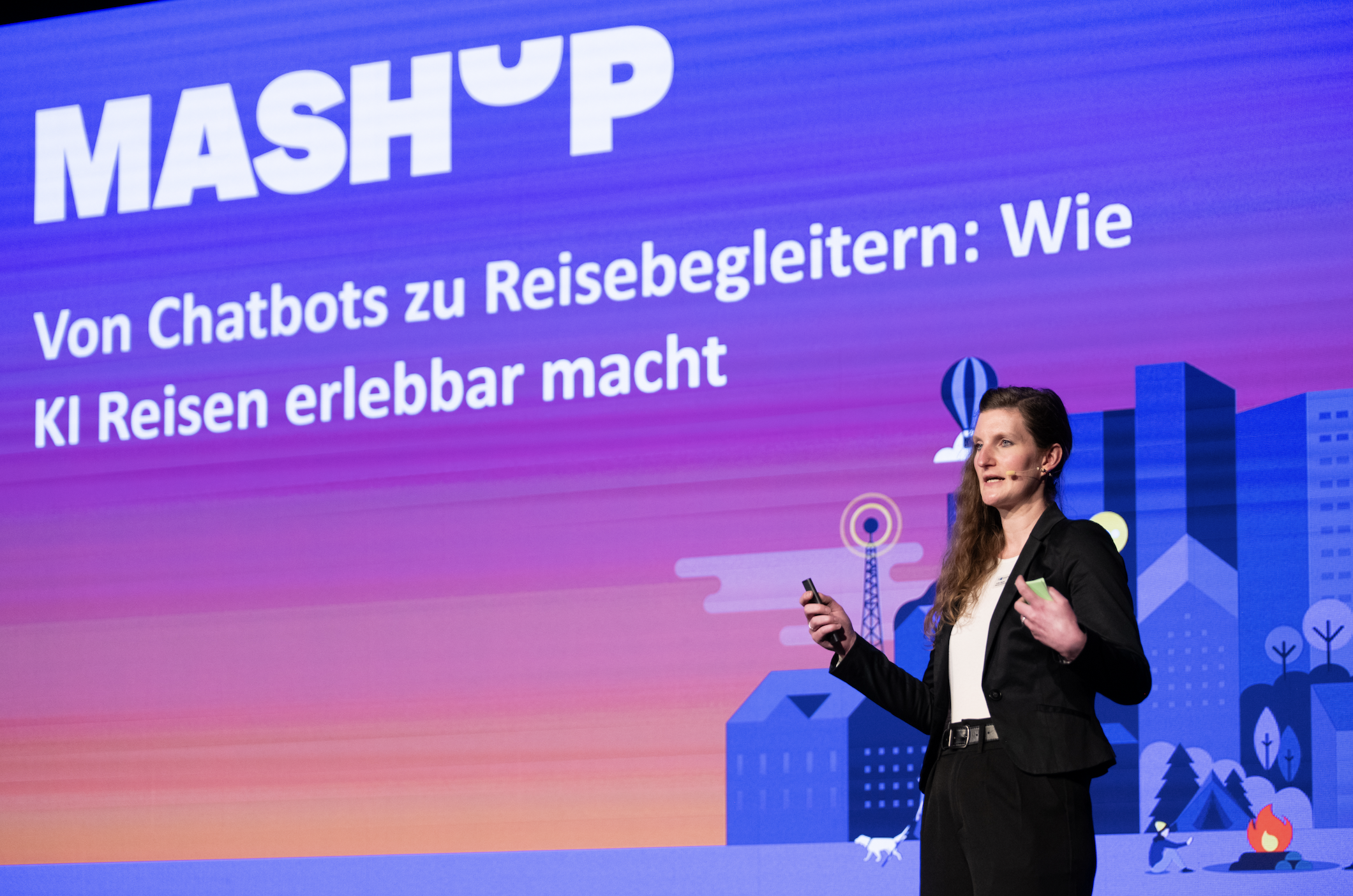AI and the Future of Financial Work
What do a trader, a compliance manager, and a chatbot have in common? They will all soon be sitting in the same team meeting!
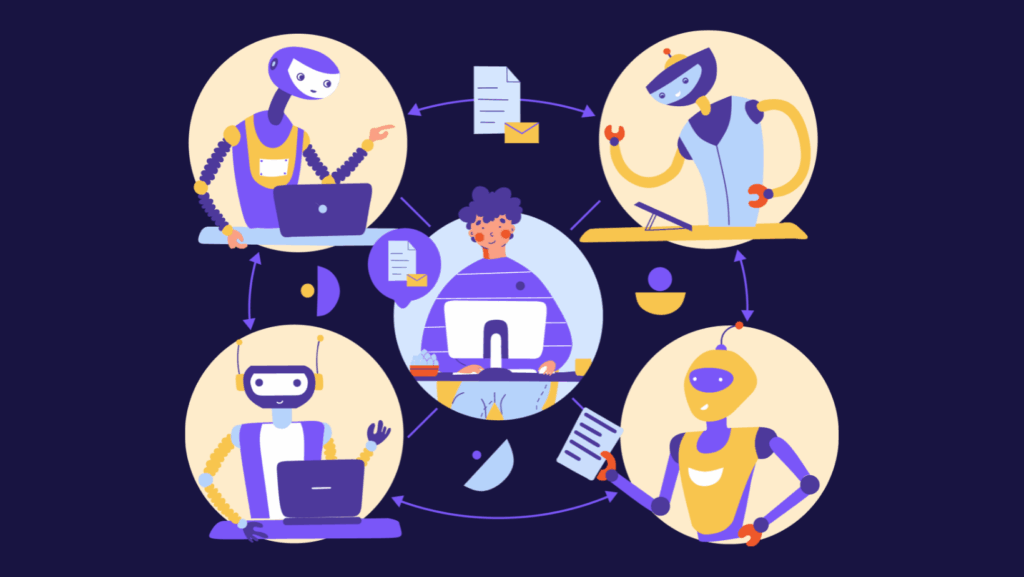
Imagine that your next brainstorming session no longer takes place only between people, but together with an AI that not only spits out numbers, but actively asks questions, reflects, and inspires. Sounds futuristic? But it’s not.
AI functions are already part of everyday work. Platforms such as Microsoft Teams and Slack, for example, take on the following tasks:
- Meeting transcription – spoken content is automatically transcribed.
- Minute-taking – key findings and decisions are immediately recorded in the document.
- To-do generation – tasks can be derived directly from conversations.
- Real-time financial information – important key figures can be requested directly during the call.
- Document suggestions – relevant documents are automatically provided.
This merges communication and analysis tools into a central workflow that breaks down barriers and speeds up decision-making.
People and machines have also been working closely together in the core processes of the financial sector for a long time: Traders in high-frequency markets use algorithms to make split-second decisions, while an AI-powered compliance bot helps the legal department immediately translate changes in legislation into checklists. AI tools no longer just automate tasks, but act as real team members, stimulating discussion and enriching project work. Always according to the credo: AI facilitates collaboration, not responsibility.
“In banks and investment houses, AI is not a substitute for human decisions, but rather an amplifier. It complements the expertise of the teams, makes complex information more quickly accessible, and thus creates space for what ultimately counts: taking responsibility and building trust.”
emphasizes Manja Rehfeld, PR expert at Mashup Communications.
COiN by J.P. Morgan: How does AI become a Contract Professional in Practical Use?
Whether it’s contract review, risk assessment, or regulatory evaluation, AI tools have long since become more than just silent helpers in the background. They are becoming an integral part of interdisciplinary teamwork – provided they deliver comprehensible results and can be embedded into existing processes.
One example of this is “COiN” from J.P. Morgan. COiN scans contracts in seconds and highlights relevant clauses and potential risks. Legal teams and specialist departments can use these analyses as a basis for joint assessments and decisions – for example, to quickly assess regulatory risks. In this way, AI not only drives efficiency, but also stimulates interdisciplinary collaboration.
Morgan Stanley & OpenAI: How does AI support Investment Analysis as a Knowledge Assistant?
In the flood of research documents, market analyses, and customer briefings, targeted access to knowledge is becoming a key skill. Morgan Stanley has teamed up with OpenAI to develop a GPT-based assistance system that addresses precisely this issue. Instead of searching through dozens of PDFs, employees can now ask questions in natural language – for example, “How have emerging markets performed in terms of ESG ratings – environmental, social, and corporate governance ratings – over the last five years?”
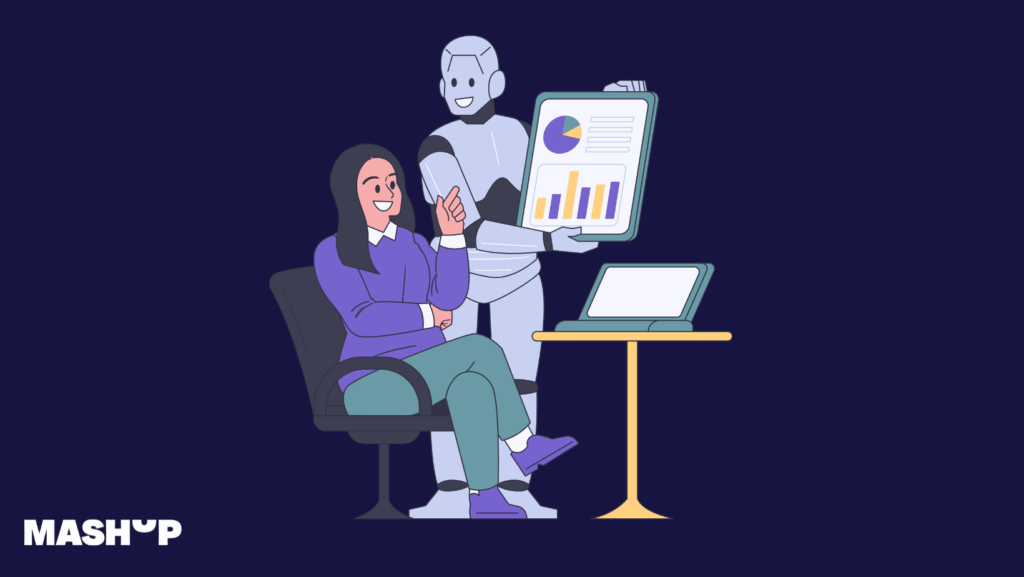
The AI assistant searches through over 100,000 internal documents, recognizes connections, provides structured answers, and refers to the original sources. This not only reduces the workload for analysts, but also makes expert knowledge within the company available across teams – quickly, contextually, and comprehensibly. AI thus becomes a knowledge assistant that provides guidance where time was previously lost.
Citigroup & Ant International: How do Customers benefit from AI in Forecasting?
When customers book online or pay in multiple currencies, they expect one thing above all else: reliable prices and predictability. This is precisely the aim of the joint pilot project between Citigroup and Ant International. The solution combines AI-powered forecasting technology with a fixed exchange rate offer for currency conversions in international payments.
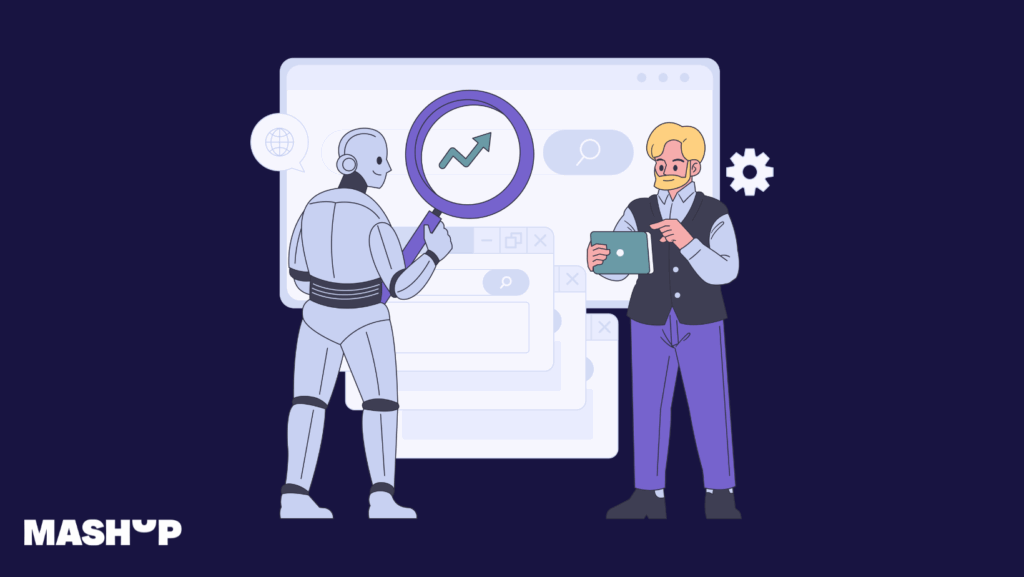
The system analyzes historical data, recognizes patterns in currency trends, and enables companies to better predict future exchange rate fluctuations. This allows them to offer their customers more stable prices – regardless of short-term market turbulence. Initial applications with an Asian airline have already led to a reduction of around 30% in hedging costs, i.e., the expenses incurred to protect against exchange rate fluctuations. This creates real added value for companies in global trade: greater calculation security on the supplier side and greater confidence on the customer side – both key factors for smooth digital business with money.
Claude for Financial Services: How is AI becoming the Platform for an entire Financial Ecosystem?
Anthropic goes one step further with “Claude for Financial Services.” Instead of covering just a single use case, it offers a complete platform for financial services. The solution integrates data sources such as PitchBook, Morningstar, FactSet, S&P Global, and Snowflake into a single interface, enabling analysts to check information directly and verify it against the original sources. This creates transparency and reduces error rates.
The platform supports key financial workflows – from due diligence, i.e., the systematic review of companies and financial data prior to an investment decision, to market and competition analyses, portfolio deep dives, financial modeling, and the creation of institutional investment memos and pitch decks. Large institutions are already reporting measurable successes: The investment management department of the Norwegian central bank NBIM, for example, recorded a 20% increase in productivity – equivalent to more than 200,000 working hours – through the use of Claude for portfolio analysis, among other things.
This makes Claude a strategic example of how AI can be established not only for specific applications, but also as an infrastructure component in financial companies.
Responsibility and Expertise: Why are Humans still indispensable despite AI?
Despite all its potential, the human factor remains indispensable. AI models depend on the quality of the training data and pose risks if context or governance rules are not sufficiently taken into account. Therefore, it must be clearly defined at every stage who is responsible for data quality, model assumptions, and ethical framework conditions.
Important points here are:
- Clarify responsibility: Who bears the final responsibility for the decision?
- Ensuring data quality: Only clean, verified data leads to reliable results.
- Ensure transparency: Model assumptions and results must remain comprehensible.
- Maintain empathy: Personal communication and mentoring cannot be replaced by AI.
Empathy remains at the heart of successful collaboration, especially in sensitive financial areas. Financial institutions always bear ultimate responsibility for decisions, regardless of whether the basis for those decisions was determined with the help of AI.
Agentic AI and Collaboration: What does the Future of Collaboration look like?
The next step in development will lead to agentic AI systems that independently perform tasks and interact with various tools. Possible scenarios include:
- Compliance agents that continuously monitor regulatory changes and automatically adjust contracts.
- Robo-advisor networks that generate and validate investment proposals in real time and make them available in dashboards for decision-makers.
For such systems to function smoothly, the following is required:
- Standardized APIs for exchange between AI models and data pools.
- Platform approaches in which banks, fintechs, and regulators work together.
- Robust data governance, i.e., clear rules and responsibilities regarding who checks data quality and is responsible for maintaining it.
- Human-in-the-loop reviews, i.e., reviews in which humans check and approve the results of AI.
This creates a financial world in which AI not only automates processes, but also acts as part of decentralized collaboration structures – always with people at the center.
Conclusion: AI between Efficiency and Responsibility
AI is fundamentally changing work in the financial sector. From automated contract review to collaborative research platforms and co-pilot solutions, the combination of human experience and algorithmic efficiency is enabling new forms of collaboration. However, it is crucial that responsibility, ethics, and governance are not lost sight of. Only when institutions focus on empathy, clear responsibilities, and continuous upskilling can a working environment be created in which technology and people can jointly develop their full potential—with more transparency, speed, and trust than ever before.
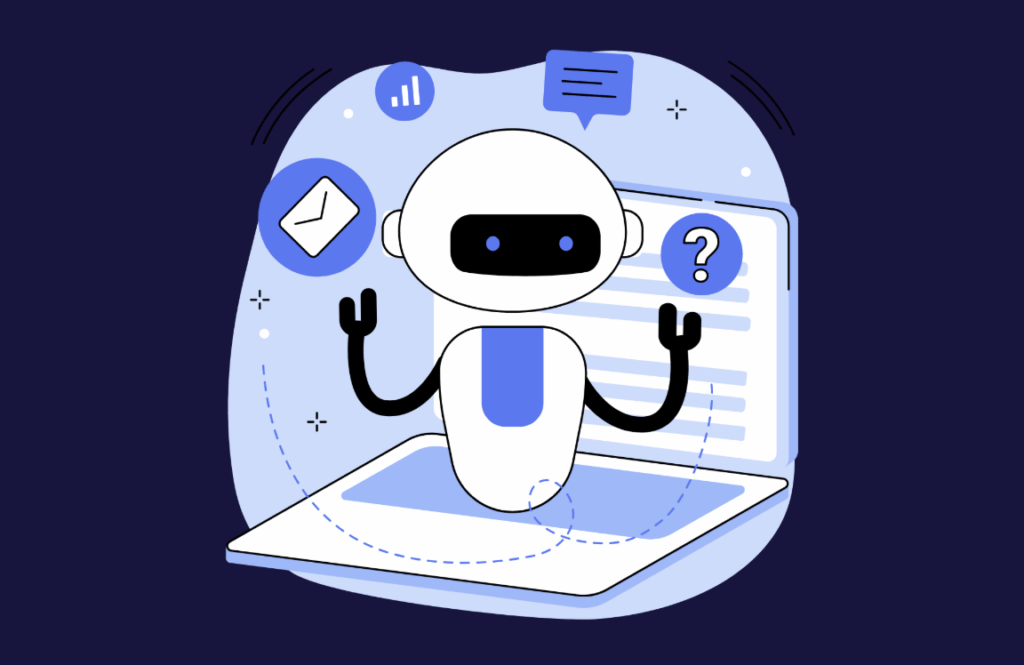
Learn more about our guiding principles for dealing with AI in our complete AI Manifesto.
FAQ – AI in the Financial Sector
1. How is AI currently changing the way banks work?
It not only automates processes, but also supports teams in their decision-making – from contract analysis to market research.
2. What advantages does AI offer finance teams?
Faster information analysis, more efficient collaboration, and more reliable decision-making.
3. Will AI replace humans in the financial sector?
No, it complements expertise, takes on routine tasks, and creates space for strategic work. However, responsibility remains with humans.
4. What challenges does the use of AI bring with it?
Above all, data quality, transparency, and clear governance structures are crucial for avoiding risks.
Share this article


